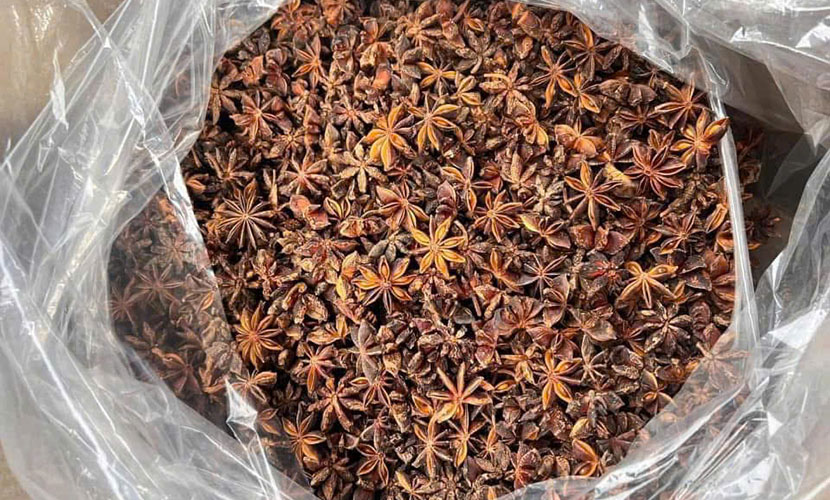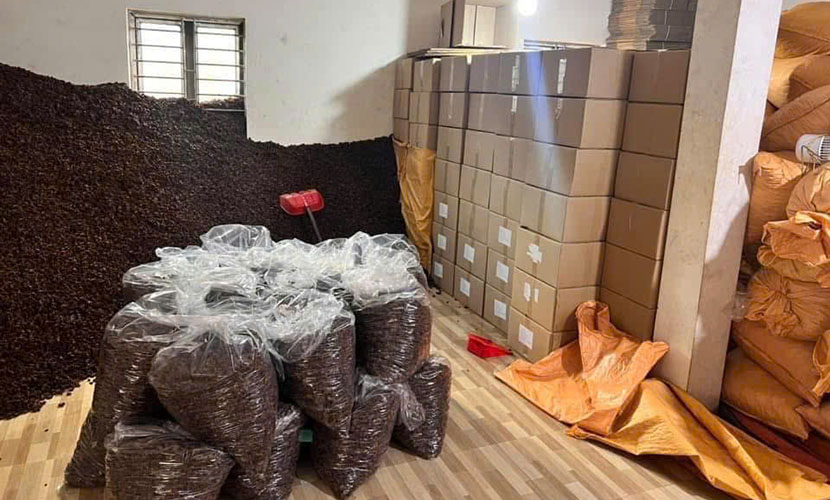
In the first half of 2025, exports of Saigon star anise recorded an increase. In which, India remained the largest consumer market, accounting for nearly half of the total volume.
Vietnam is one of the world’s leading exporters of star anise. Vietnamese star anise trees are popular in northern mountainous provinces such as Lang Son and Quang Ninh. Lang Son is the “capital” of Saigon star anise, accounting for more than 70% of the country’s total area.

Saigon star anise
In July 2025, Vietnam exported 602 tons of Saigon star anise. The total export revenue was worth $2.5 million, down 39.3% from the previous month. In which, India was still the largest importer, purchasing about 290 tons, nearly a half of total Vietnam’s star anise exports. Pakistan ranked second with 56 tons imported from Vietnam.
In the first six months of 2025, Vietnam exported 9,276 tons of Saigon star anise. Accordingly, the total value reached more than $35 million. Compared to the same period in 2024, export volume increased by 14.3%, but export value fell by 8.3%.
Vietnam and China are the two major global exporters of star anise. Two countries have annual star anise output of 10,000 tons. Star anise has high economic value due to its anethole-rich essential oil, the main component responsible for its distinctive aroma.
The export price of dried star anise ranges from $4,000 to $6,000 per ton, at times exceeding $7,000 per ton when international demand surges. Major import markets include India, China, the Middle East, and Europe.

Saigon star anise factory
In recent years, Vietnamese star anise exports have shown a clear recovery after global economic fluctuations. In 2024, export value of Saigon star anise reached nearly $60 million, up more than 25% compared to 2023.
This growth was the result of stable demand from traditional markets such as India, China, and Europe. Moreover, the expansion into potential markets such as South Korea and Japan played a considerable role in thí growth.
Vietnamese star anise is considered a promising agricultural commodity due to clean consumption trends. Developing raw material areas, investing in deep processing, building brand value, and expanding export markets are seen as key steps to increasing added value for Vietnam’s star anise trees.
Vietnamese source: https://tapchivietnamhuongsac.vn/an-do-tang-manh-nhap-khau-hoa-nghin-ty-cua-viet-nam-loai-cay-chi-vai-quoc-gia-trong-duoc-2800.html
